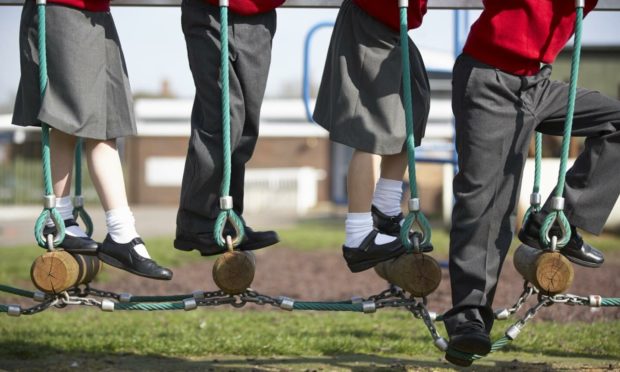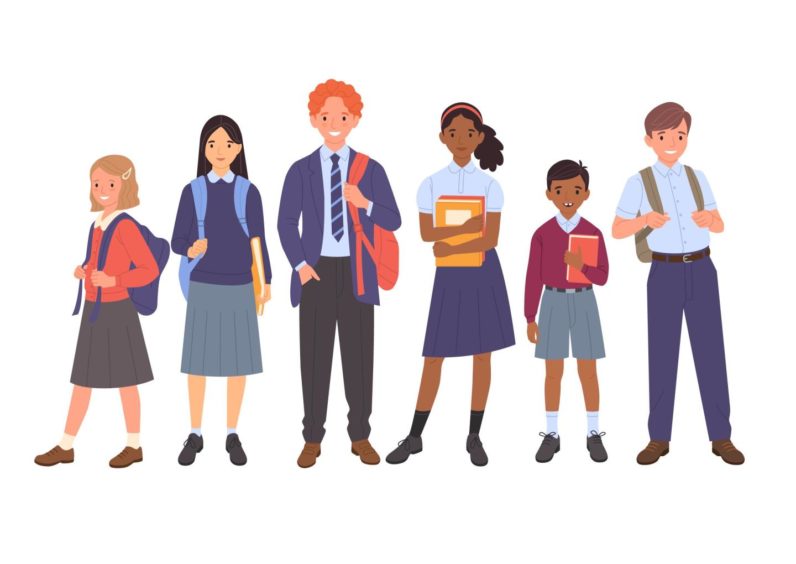Every year, they loom at the top of your back-to-school list: school uniforms.
And it turns out that the big cost of kitting out your children for school is more expensive for girls than boys.
A recent study of four major UK retailers found that uniform shopping for girls can be up to 12% more expensive than it is for boys. And secondary school uniforms cost more for students of every gender.
This brings the economic phenomenon known as the ‘pink tax’ directly into the school uniform conversation.
What is the ‘pink tax’ and how does it relate to gender and school uniforms?
The pink tax refers to the idea that products for women tend to cost more than those for men. In early 2020, 17 MPs – including representatives from Orkney and Shetland and Caithness, Sutherland and Easter Ross – supported a motion in Parliament to end the pink tax.
Supporters argued that products marketed primarily towards women could cost up to 34% more than those for men. Online tax calculation company Income Tax UK recently conducted a study of four popular sources for school uniforms.
After studying online prices from Asda, Tesco, Marks & Spencer and Sainbury the study found that girls’ uniforms cost an average of 11.87% more than boys’.
The study found that secondary school uniforms on the whole were 28.85% more expensive than primary uniforms. Researchers constructed a shopping list for the comparison which included:
- Two shorts/skirts
- Two trousers
- Four short-sleeve shirts
- Four long-sleeve shirts
- Two jumpers
- Five pairs of socks/tights
- Two PE shorts
- Three polo shirts
- One pair of black shoes
- One pair of sports trainers
Do school uniforms have a gender issue?
With many schools showing leniency and amending or ditching uniforms codes for parts of the last school year, the conversation around their usefulness and appropriateness has heated up recently.
Earlier this year, Oban High School was embroiled in a row between parents, students and school officials over a uniform policy that required female students to wear tights, even as temperatures soared.
There have also been recent steps to try to close price gaps. Scotland recently became the first country in the world to make period products free to anyone who needs them. But that type of specific legislation doesn’t address every instance of inequality.
School uniforms still sit at the heart of other difficult conversations, including questions about social equality and unfair harassment. Researchers in Aberdeen recently looked into the question of whether statutory guidance on uniforms in Scotland would drive costs down.
Challenging the price disparity
A spokesperson for Income Tax UK said they hope this study shines a light on the ongoing issue of gender inequality.
“This study highlights the issue of gendered products having a price disparity, however, it does provide the opportunity for supermarkets to not only challenge this but also provide more unisex options for school uniforms.”
Are boys and girls subjected to different standards by uniform policies? What do you think is reasonable for schools to ask students to wear? Share your thoughts with us at schoolsandfamily@pressandjournal.co.uk
Read more from the Schools and Family team
Back to School: Huge Lossie family the Sullivans get kitted out for the big day
Does Balmedie need a new school? Council and campaigners at odds
Learning from the best: What lessons can Scottish schools take from Estonia?

